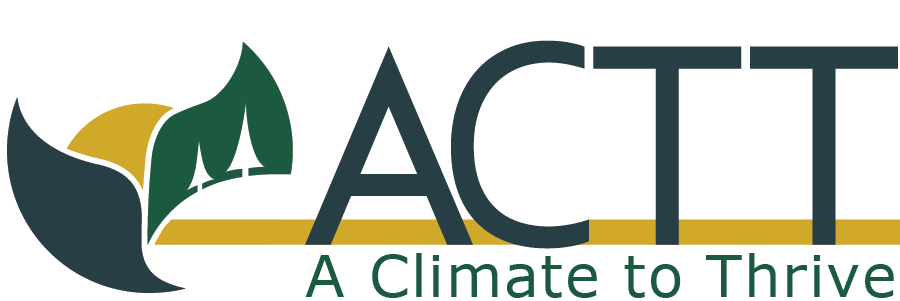Maintaining and growing capacity
Whether it’s onboarding new members, adapting your plans to shifting contexts, or stretching into new skill areas, investing in your group’s capacity is a way of investing in your long-term health and longevity.
As your work deepens, make sure your planning processes are evolving too:
Revisit your shared vision and mission:
Are they still the right fit? Do they still guide your actions? Schedule time to check in on your mission and vision together.
Build planning into your rhythm:
Whether it’s quarterly meetings or seasonal retreats, make space to pause and plan.Balance action with reflection: Make sure your group is not just busy, but intentionally moving in a direction that feels right. Setting specific, measurable goals that ensure action and regularly checking in on achievement of those goals can help greatly.
Strengthening Planning Capacity
Pause and Reflect
Think through the following as you evaluate your group’s long-term capacity:
How are we building space to share what we’re learning?
What knowledge gaps are becoming more visible as our work expands?
Are there mentors, trainings, or peer groups we could plug into?
Are we making time to revisit and revise our plans?
What skills or relationships might we need to grow into our next phase?
Sustaining Knowledge Capacity
Maintaining knowledge capacity helps prevent burnout, reinvention of the wheel, and the loss of critical context when group members transition out. It may look like onboarding new members with a shared history, documenting lessons learned, or seeking out new perspectives that stretch your understanding. Some examples:
Document and share what you’re learning
Start a shared “living document” of insights, resources, and decisions
Make learning routine
Set time aside in meetings for story-sharing, site visits, or inviting in guest knowledge-holders.
Onboard new members with context
Offer short welcome packets or peer-pairing to pass on history and values.
Name knowledge gaps
Be honest about what you don’t yet know and brainstorm together how you might learn to fill the knowledge gaps.





